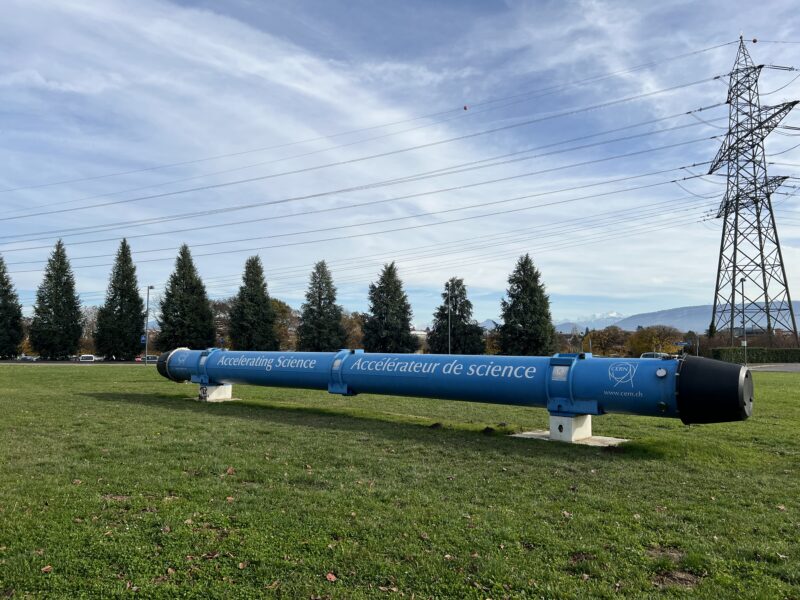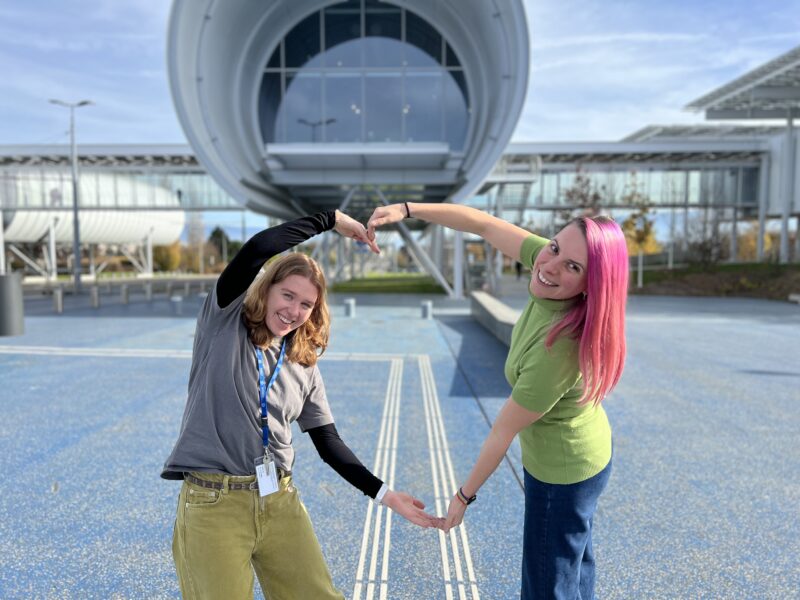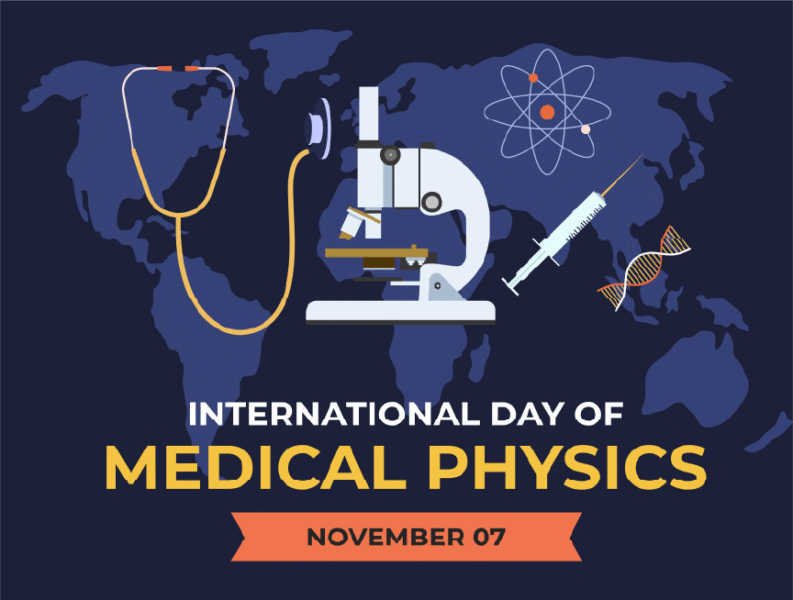Editorial issue 75 Editorial article
Science in School arrived at its new home: CERN, Geneva!
A lot has happened this year for Science in School. After 20 years at EMBL in Heidelberg the magazine packed its bags and left its beloved home. And there has been quite some baggage accumulated over this time. A brilliant IT team with representatives from both EMBL and CERN made sure that we could move our website, email domains, documents, and all the tools necessary for running Science in School over to the CERN infrastructure – with minimal impact on our publishing schedule. It was a big project, but it worked! We are very grateful to our new host, who made us feel at home right away and we are very happy to announce that from this month on Science in School is officially settled in Geneva!

Image courtesy of Nathalie Wössner
As the previous executive editor Dr. Tamaryin Godinho already mentioned in her editorial in issue 74, this also means that her role has been passed on to me, Nathalie.
I am incredibly grateful for the chance to take over editing this fascinating magazine and I hope I can continue its legacy to provide high-quality, ready-to-use resources for teachers across Europe and beyond.
I am truly grateful to Tamaryin for sharing all her knowledge and equipping me with everything I needed to know for a smooth start into the publication processes of Science in School. Tamaryin has done an exceptional job over the last 5 years, and it was both a pleasure and an honour to get to work with her during our short overlap this summer. Her unwavering passion for communicating science to teachers has benefited the magazine greatly. She left big footsteps to fill, and I am eager to do so!
However, I am not alone in this. I am very happy to have an extremely talented editorial assistant by my side – Chiara has been working for Science in School since the beginning of this year and has now joined me at CERN. Besides working with Chiara being an absolute delight, it is very valuable to work with someone, who knows the magazine so well, already. Both of us are proud to present our first issue today and are looking forward to fostering many more exciting stories for you to enjoy in the future.

Image courtesy of Nathalie Wössner
We have been warmly welcomed by the EIRO’s who will continue to support us with the latest news from their cutting-edge research. It was a pleasure to meet the inspiring science communicators and educators from these institutions, and we are looking forward to a fruitful collaboration. We can’t wait to find out more about their great work, and we’re sure you are excited to learn more, too!
About this issue
Now, what can you expect from our first issue?
We will take you on a journey from medicine to the stars. This month we are celebrating the international day of medical physics. To recognize some of the most stunning advancements, we prepared a summary for you with our highlight articles on medical physics.
Moreover, we will explore how the decay of certain radioisotopes can be used for imaging techniques that have elevated diagnostic processes to the next level. Sometimes, the things we barely understand can revolutionize our lives. So, let’s uncover how antiparticles transformed imaging and might one day improve cancer therapy.

However, diagnosis and treatment are not the only challenges that modern medicine faces. New technologies generate huge amounts of data, and this will only continue to increase as we advance further. To be able to store this information, we will need new data storage systems. So, let’s check out how neutron physics can help us to take a deeper look at the potential next revolution in computing: quantum materials.
Being a truly interdisciplinary magazine, we don’t want to concentrate exclusively on physics of course. All fields of science can bring benefits for our health.
In this issue, we will also see how studying animals can help to better understand our own behaviour. In addition, we will find out about unusual chemical reactions, called oscillating reactions, that are crucial for in certain processes in our bodies and how chemistry has built the basis for our nutritional choices long before we were aware of it.
In my humble opinion, advancements in science and medicine often all come down to curiosity. Curiosity is probably one of the most fundamental human trades and fostering it can change our life – so let’s take a step back, observe what surrounds us and learn about the mysteries of the universe, the strange behaviour of stars and the biggest question that we have yet to answer: How do we exist?
I hope we sparked your curiosity and you will enjoy reading this issue just as much as we enjoyed preparing it for you!






